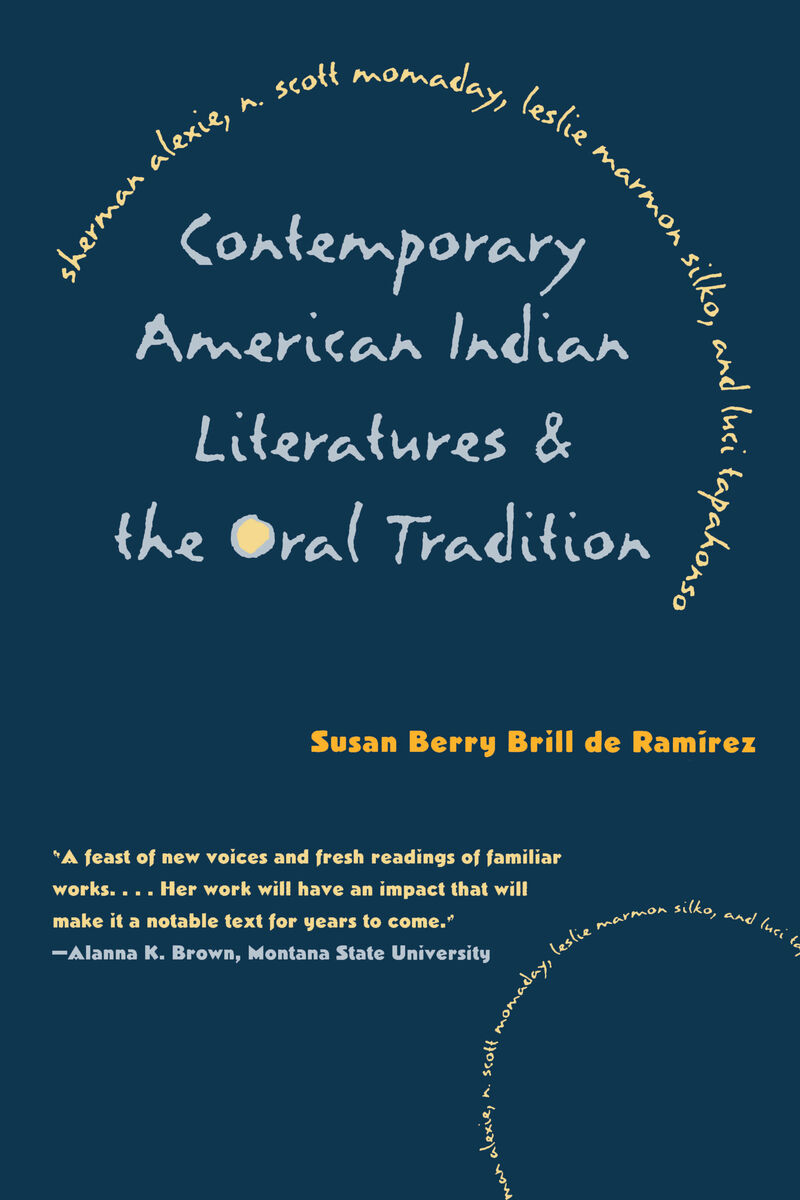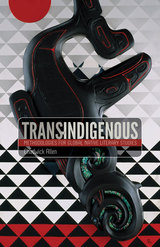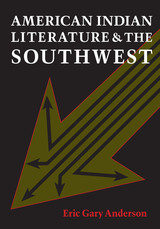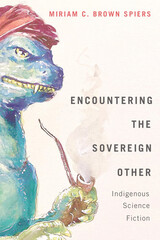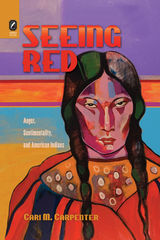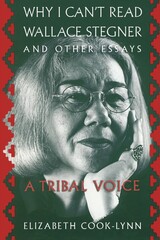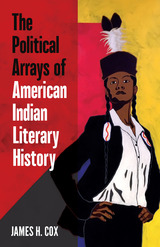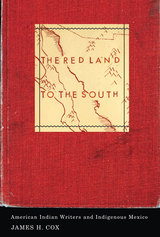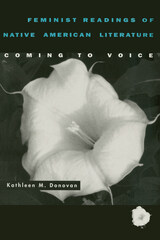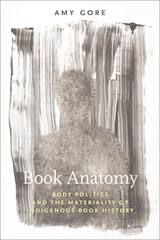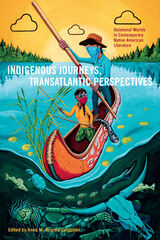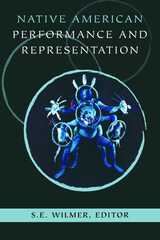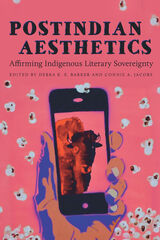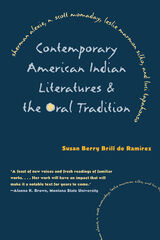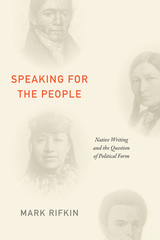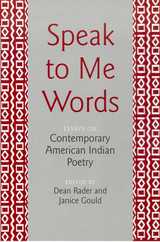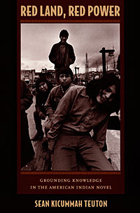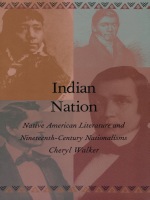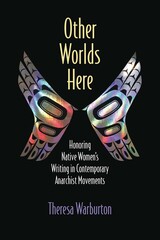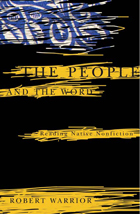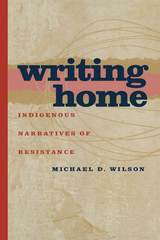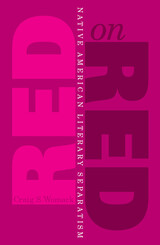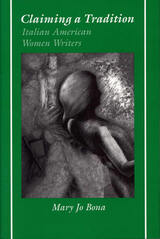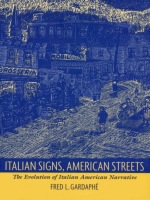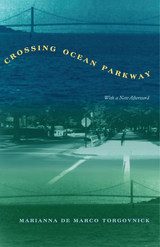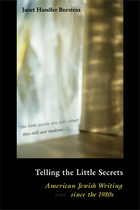Contemporary American Indian Literatures and the Oral Tradition
University of Arizona Press, 1999
Cloth: 978-0-8165-1921-7 | Paper: 978-0-8165-1957-6 | eISBN: 978-0-8165-4488-2
Library of Congress Classification PS153.I52R35 1999
Dewey Decimal Classification 810.9897
Cloth: 978-0-8165-1921-7 | Paper: 978-0-8165-1957-6 | eISBN: 978-0-8165-4488-2
Library of Congress Classification PS153.I52R35 1999
Dewey Decimal Classification 810.9897
ABOUT THIS BOOK | AUTHOR BIOGRAPHY | REVIEWS | TOC
ABOUT THIS BOOK
Because American Indian literatures are largely informed by their respective oral storytelling traditions, they may be more difficult to understand or interpret than the more text-based literatures with which most readers are familiar. In this insightful new book, Susan Berry Brill de Ramírez addresses the limitations of contemporary criticism and theory in opening up the worlds of story within American Indian literatures, proposing instead a conversive approach for reading and understanding these works. In order to fully understand American Indian literatures, Brill de Ramírez explains that the reader must become a listener-reader, an active participant in the written stories
. To demonstrate this point, she explores literary works both by established Native writers such as Sherman Alexie, N. Scott Momaday, Leslie Marmon Silko, and Luci Tapahonso and by less-well-known writers such as Anna Lee Walters, Della Frank, Lee Maracle, and Louis Owens. Through her literary engagements with many poems, novels, and short stories, she demonstrates a new way to read and understand the diverse body of American Indian literatures. Brill de Ramírez's conversive approach interweaves two interconnected processes: co-creating the stories by participating in them as listener-readers and recognizing orally informed elements in the stories such as verbal minimalism and episodic narrative structures.
Because this methodology is rooted in American Indian oral storytelling traditions, Native voices from these literary works are able to more directly inform the scholarly process than is the case in more textually based critical strategies. Through this innovative approach, Brill de Ramírez shows that literature is not a static text but an interactive and potentially transforming conversation between listener-readers, storyteller-writers, and the story characters as well. Her book furthers the discussion of how to read American Indian and other orally informed literatures with greater sensitivity to their respective cultural traditions and shows that the immediacy of the relationship between teller, story, and listener can also be experienced in the relationships between writers, literary works, and their listener-readers.
. To demonstrate this point, she explores literary works both by established Native writers such as Sherman Alexie, N. Scott Momaday, Leslie Marmon Silko, and Luci Tapahonso and by less-well-known writers such as Anna Lee Walters, Della Frank, Lee Maracle, and Louis Owens. Through her literary engagements with many poems, novels, and short stories, she demonstrates a new way to read and understand the diverse body of American Indian literatures. Brill de Ramírez's conversive approach interweaves two interconnected processes: co-creating the stories by participating in them as listener-readers and recognizing orally informed elements in the stories such as verbal minimalism and episodic narrative structures.
Because this methodology is rooted in American Indian oral storytelling traditions, Native voices from these literary works are able to more directly inform the scholarly process than is the case in more textually based critical strategies. Through this innovative approach, Brill de Ramírez shows that literature is not a static text but an interactive and potentially transforming conversation between listener-readers, storyteller-writers, and the story characters as well. Her book furthers the discussion of how to read American Indian and other orally informed literatures with greater sensitivity to their respective cultural traditions and shows that the immediacy of the relationship between teller, story, and listener can also be experienced in the relationships between writers, literary works, and their listener-readers.
See other books on: Indian authors | Indians in literature | Oral tradition | Storytelling | Storytelling in literature
See other titles from University of Arizona Press
